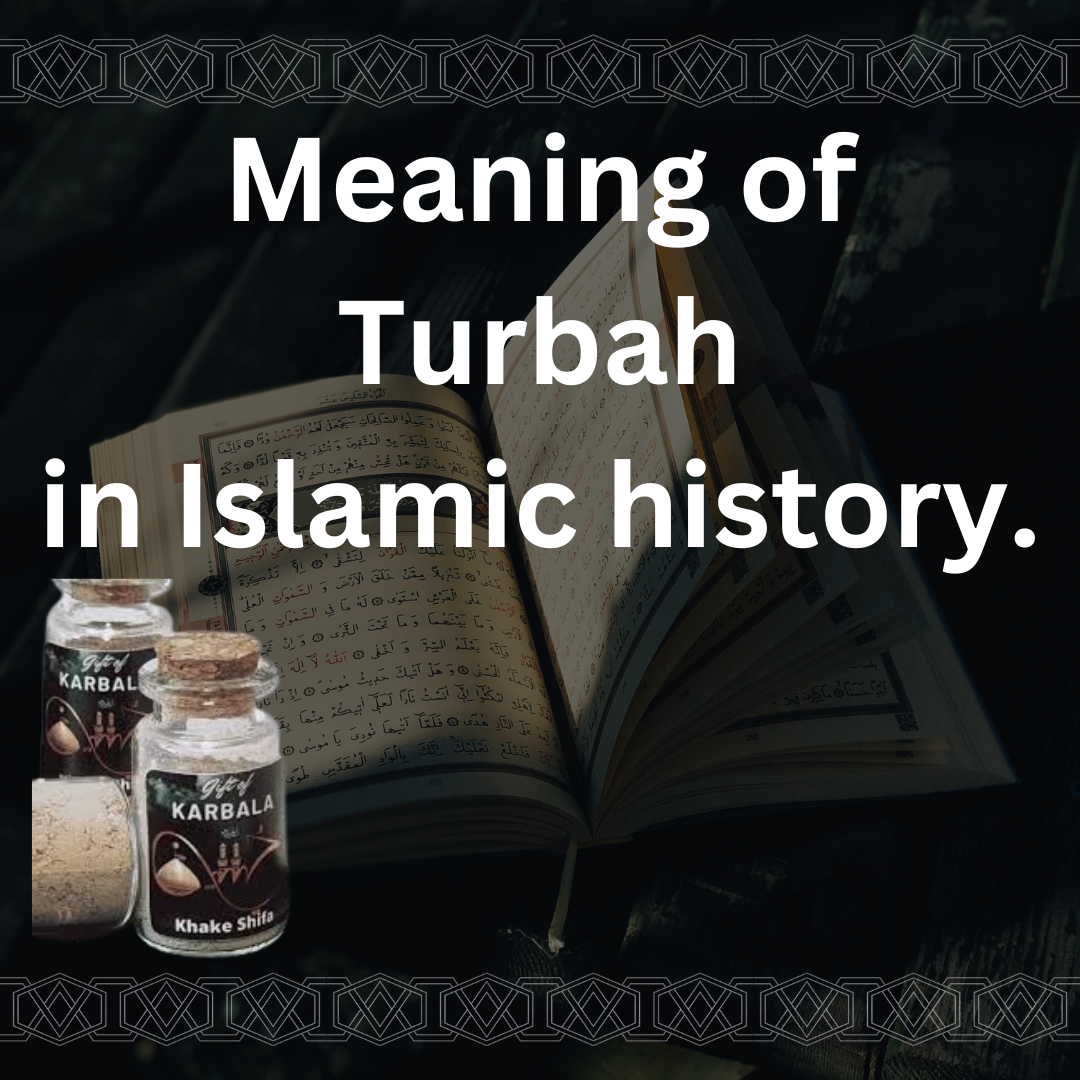Turbah , an Arabic term meaning “soil” or “earth,” holds profound significance within certain branches of Islam, particularly among Shia Muslims. This small clay tablet or slab serves as a sacred object used during the act of prayer, symbolizing humility, connection to the earth, and a reminder of mortality. Understanding the role and significance of Turbah requires delving into its religious and cultural contexts.
The practice of using Turbah dates back to the early days of Islam and is deeply rooted in Shia tradition. It is primarily used by Shia Muslims, particularly those belonging to the Twelver and Ismaili sects, though it is less common among Sunni Muslims. The use of Turbah during prayer stems from a combination of religious teachings, historical events, and symbolic interpretations. Central to the significance of Turbah is the concept of humility before God. Placing the forehead on the turbah during prostration serves as a physical manifestation of submission and surrender to the Divine. By bowing down on a piece of clay, believers express their recognition of their humble origins and their dependence on the Creator. This act reinforces the spiritual virtue of humility, which is highly esteemed in Islamic teachings. Moreover, turbah serves as a symbolic link to the earth and the natural world. In Islam, the earth is considered a manifestation of God’s creation and a source of sustenance for humanity.
-
 Premium Turbah of Karbala£10
Premium Turbah of Karbala£10 -
 Khake Shifa Tasbih & Turbah Gift Set£20
Khake Shifa Tasbih & Turbah Gift Set£20 -
Product on sale
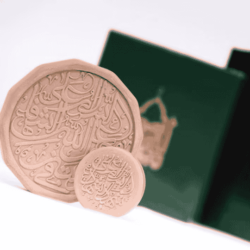 Turbah of KarbalaOriginal price was: £15.£10Current price is: £10.
Turbah of KarbalaOriginal price was: £15.£10Current price is: £10.
By using Turbah during prayer, believers establish a direct connection to the earth, acknowledging its importance and expressing gratitude for its provisions. This connection to the earth also serves as a reminder of human mortality and the transient nature of worldly existence, reinforcing the need for spiritual preparation and accountability.
-
 Ayatul Kursi Cuff Bracelet (4 Colours)£35
Ayatul Kursi Cuff Bracelet (4 Colours)£35 -
Product on sale
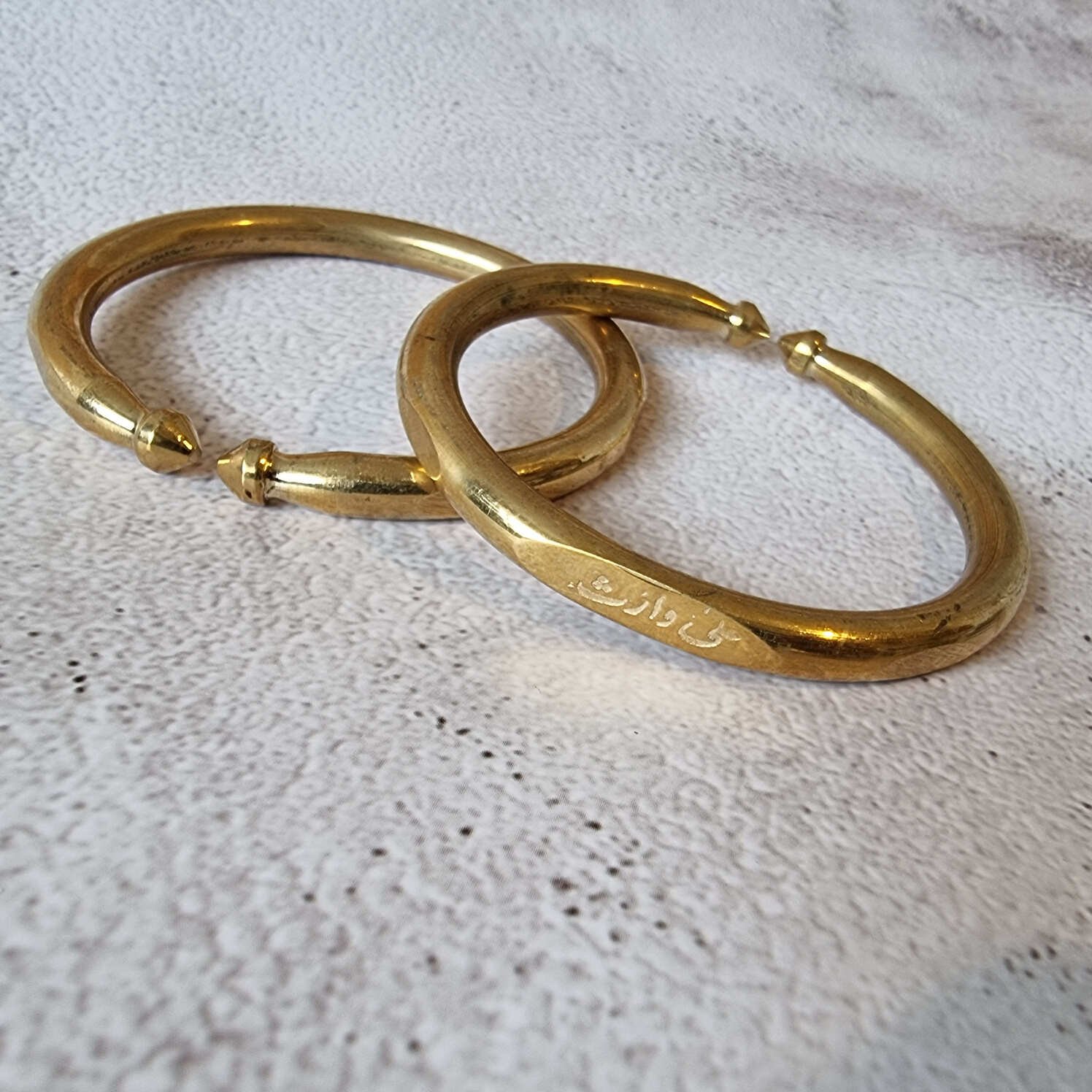 Shia Kara Bracelet – Silver/Gold£25
Shia Kara Bracelet – Silver/Gold£25 -
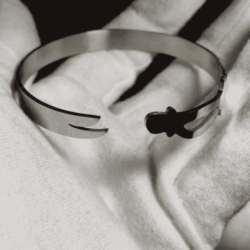 Zulfiqar Kara Bracelet£30
Zulfiqar Kara Bracelet£30 -
Product on sale
 Labaik Ya Hussain WristbandOriginal price was: £6.£4Current price is: £4.
Labaik Ya Hussain WristbandOriginal price was: £6.£4Current price is: £4. -
Product on sale
 Silver Firoza Bracelet for Men£45 £50Price range: £45 through £50
Silver Firoza Bracelet for Men£45 £50Price range: £45 through £50 -
 Shia Kara Bracelet£28
Shia Kara Bracelet£28 -
 Ayat ul Kursi Bangle Bracelet£40
Ayat ul Kursi Bangle Bracelet£40 -
 Naad-e-Ali Premium Kara Bracelet£15
Naad-e-Ali Premium Kara Bracelet£15 -
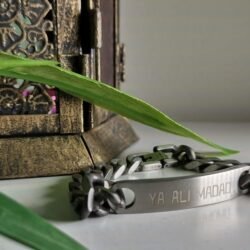 Ya Ali Madad Premium Bracelet£25
Ya Ali Madad Premium Bracelet£25
Historically, the use of Turbah can be traced back to the time of Prophet Muhammad and the early Muslim community. According to tradition, when the Prophet Muhammad performed prayers during his travels, he would sometimes use whatever clean material was available as a surface for prostration. This included soil or clay from the ground. Over time, this practice became formalized within certain branches of Islam, particularly among Shia Muslims, who emphasize adherence to the traditions of the Prophet’s family, known as the Ahl al-Bayt. Today, turbahs are commonly made from clay sourced from specific locations with religious significance. One of the most renowned sources of turbah is the clay from the holy city of Karbala in Iraq, where the shrine of Imam Hussein, the grandson of Prophet Muhammad, is located. Pilgrims often collect clay from the vicinity of the shrine, considering it blessed due to its proximity to the resting place of a revered figure in Shia Islam. Turbahs made from Karbala clay are highly esteemed and sought after by Shia Muslims worldwide. In addition to Karbala, other regions with historical or religious significance may also produce turbahs.
These include Najaf, another holy city in Iraq, as well as certain areas in Iran and other parts of the Muslim world. Turbahs vary in size, shape, and appearance, but they typically consist of small, flat pieces of clay, sometimes inscribed with religious verses or symbols. For those seeking to acquire turbahs, several avenues are available. Islamic bookstores, both physical and online, often carry a variety of religious artefacts, including turbahs. Additionally, specialised retailers focusing on Islamic products may offer a selection of turbahs sourced from different regions. Online marketplaces like Amazon and eBay may also feature turbans for sale, providing a convenient option for purchasing these items. When selecting a Turbah, individuals may consider factors such as material, size, and design. While clay from Karbala is highly regarded, turbahs made from other sources are also considered acceptable for use in prayer.
-
 Khake Shifa (Gift Packaged)£10
Khake Shifa (Gift Packaged)£10 -
 Labaik Ya Hussain Personalised Pen£5
Labaik Ya Hussain Personalised Pen£5 -
Product on sale
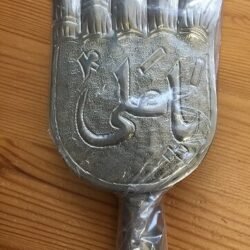 Ya Ali Alam PanjaOriginal price was: £50.£35Current price is: £35.
Ya Ali Alam PanjaOriginal price was: £50.£35Current price is: £35. -
 Imam Zamin Pair for Shia Ceremonies£25
Imam Zamin Pair for Shia Ceremonies£25 -
 Ya Hussain & Ya Abbas Badges Gift Box£10
Ya Hussain & Ya Abbas Badges Gift Box£10 -
 Ya Qamr-e-Bani Hashim Keychains£7
Ya Qamr-e-Bani Hashim Keychains£7 -
![[Pack of 50] 72 Martyrs of Karbala Card](https://shiashopping.net/wp-content/uploads/2021/08/productpreview-250x250.png) [Pack of 50] 72 Martyrs of Karbala Card£10
[Pack of 50] 72 Martyrs of Karbala Card£10 -
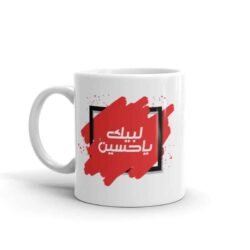 Labaik Ya Hussain Mug£20
Labaik Ya Hussain Mug£20 -
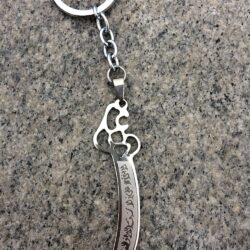 Zulfiqar Keychain£10
Zulfiqar Keychain£10
The size of the Turbah should be practical for carrying and using during prayer, and any inscriptions or designs should align with personal preferences and religious sensibilities.
In conclusion, Turbah holds deep religious and symbolic significance within certain branches of Islam, particularly among Shia Muslims. As a representation of humility, connection to the earth, and remembrance of mortality, turbah serves as a tangible expression of devotion and submission to the Divine. Whether sourced from Karbala or other revered locations, turbahs continue to play a central role in the spiritual practices of believers, serving as a sacred link between humanity and the Creator.

